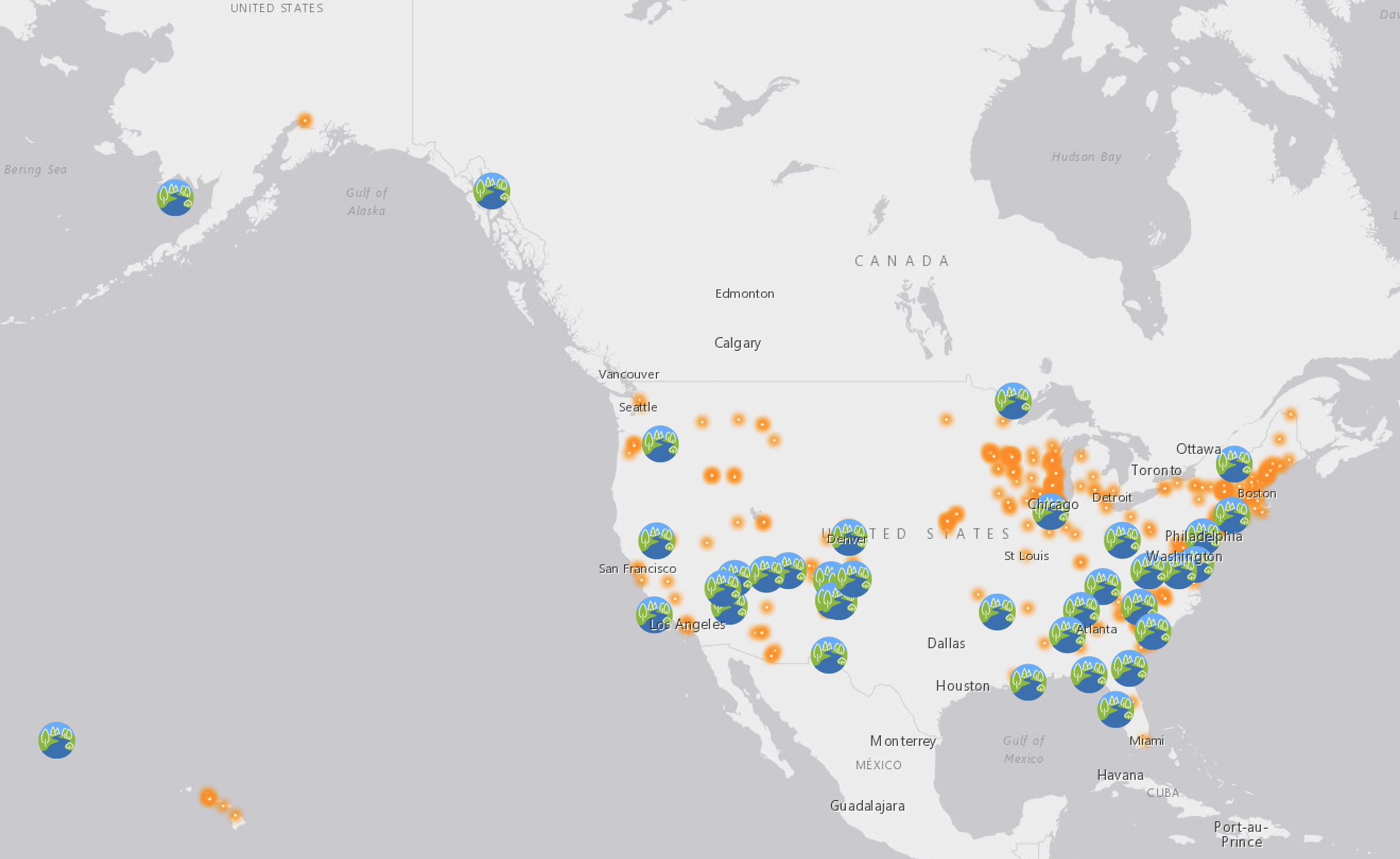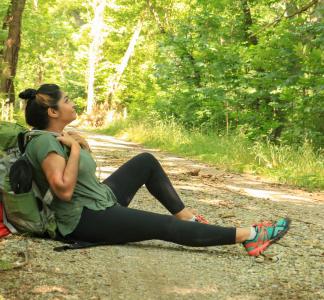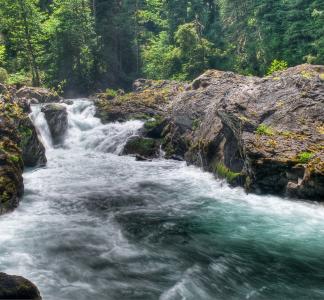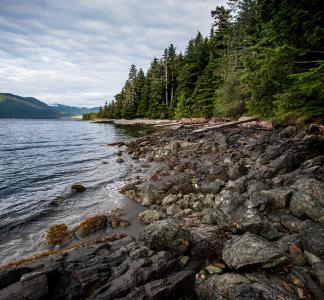How to live up to “America the Beautiful”? Start by saving a network of nature and emphasizing inclusiveness

Michelle Craig
30% conservation goal driven by Tribal, community leadership
As people come together to celebrate Independence Day, we’re excited about the opportunities that lie ahead to realize “America the Beautiful” in full. For starters: Protecting a network of interconnected lands and waters that is accessible, inclusive and well suited to help communities and wildlife adapt to the climate and extinction crises.
A plan released by the Biden administration in May called "Conserving and Restoring America the Beautiful" sketched out the first steps for doing that. To protect 30% of U.S. lands and waters by the year 2030, it said, we’ll have to follow the lead of those who actually live near, work on and have traditional knowledge of key lands and waters.
Learn more: Conserving “America the Beautiful” with local solutions
We've already seen a number of prominent examples that fit the bill--locally led and collaborative efforts that would represent a big step toward saving more nature and making public lands and other outdoor spaces more accessible:
- Bears Ears National Monument and Grand Staircase-Escalante National Monument (Utah). Ever since then-President Trump unlawfully reduced these monuments in 2017, Tribal leaders, scientists, local businesses and conservation groups have been fighting to restore and strengthen protections. With mining, drilling and vandalism threats looming, we’re calling on President Biden to take action and make that happen right away.
- Boundary Waters-Canoe Area Wilderness (Minnesota). A proposed sulfide-ore copper mine on the edge of this wilderness would dump toxic waste into the watershed and endanger wildlife, local jobs and the ancestral homelands of the Anishinaabe people. Indigenous activists have fought the mine, and Minnesota voters are largely opposed to the project.
- Tongass National Forest (Alaska). The Biden administration plans to restore protections against logging and development to the wildest parts of the Tongass National Forest. Tribes in Southeast Alaska and groups including a coalition of salmon fishermen have loudly called for measures to prevent logging and other forms of development in these areas.
- National wildlife refuges (Nationwide). Wildlife refuges are an invaluable part of the effort to preserve interconnected lands and waters as a fight against habitat loss, and they’re also key to increasing access to nature (many refuges lie near cities, providing critical open space for communities of color and low-income communities that may face social, economic and physical barriers). A majority of voters in the West say loss of wildlife and fish habitat for fish and wildlife is a serious problem, and 84% support protection of new refuges and other public lands. We’re working to protect more wildlife refuges as part of broader goals to save more nature.
But they won’t all be big names. This network of conservation efforts will be comprised of varied projects—including federal, state and locally led initiatives for parks, refuges, trails and wildlife crossings. Progress will be measured by everything from investments in playgrounds for communities lacking access to parks; to sovereign Tribal Nations’ conservation plans; to expanded access to hunting and varied fishing areas.
See how communities are already pioneering locally led conservation solutions
Significantly, the “America the Beautiful” plan highlights the need to make nature and public lands more equitable as part of this initiative. Communities of color and low-income communities, specifically, tend to have fewer safe local parks and other outdoor spaces available to them. Given the well-known mental, physical and emotional benefits of time in nature and such communities’ disproportionate exposure to pollution and environmental threats, access to the outdoors is an acute public health and social justice need.
This July 4th, we hope you’ll join us in recommitting to the goal of fully realizing “America the Beautiful”--starting with a plan to protect clean air, clean water and wild nature in a way that includes and benefits all people.




